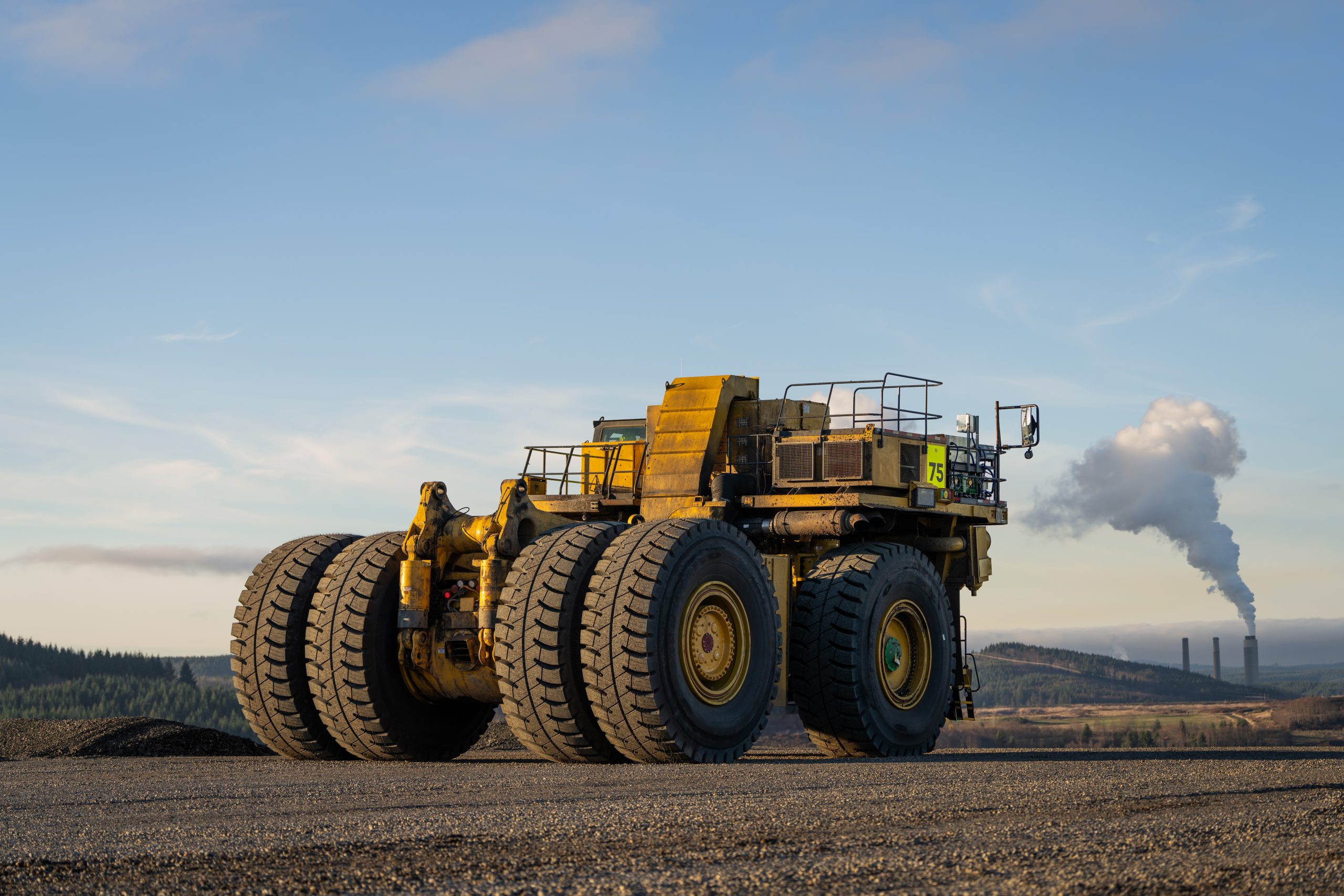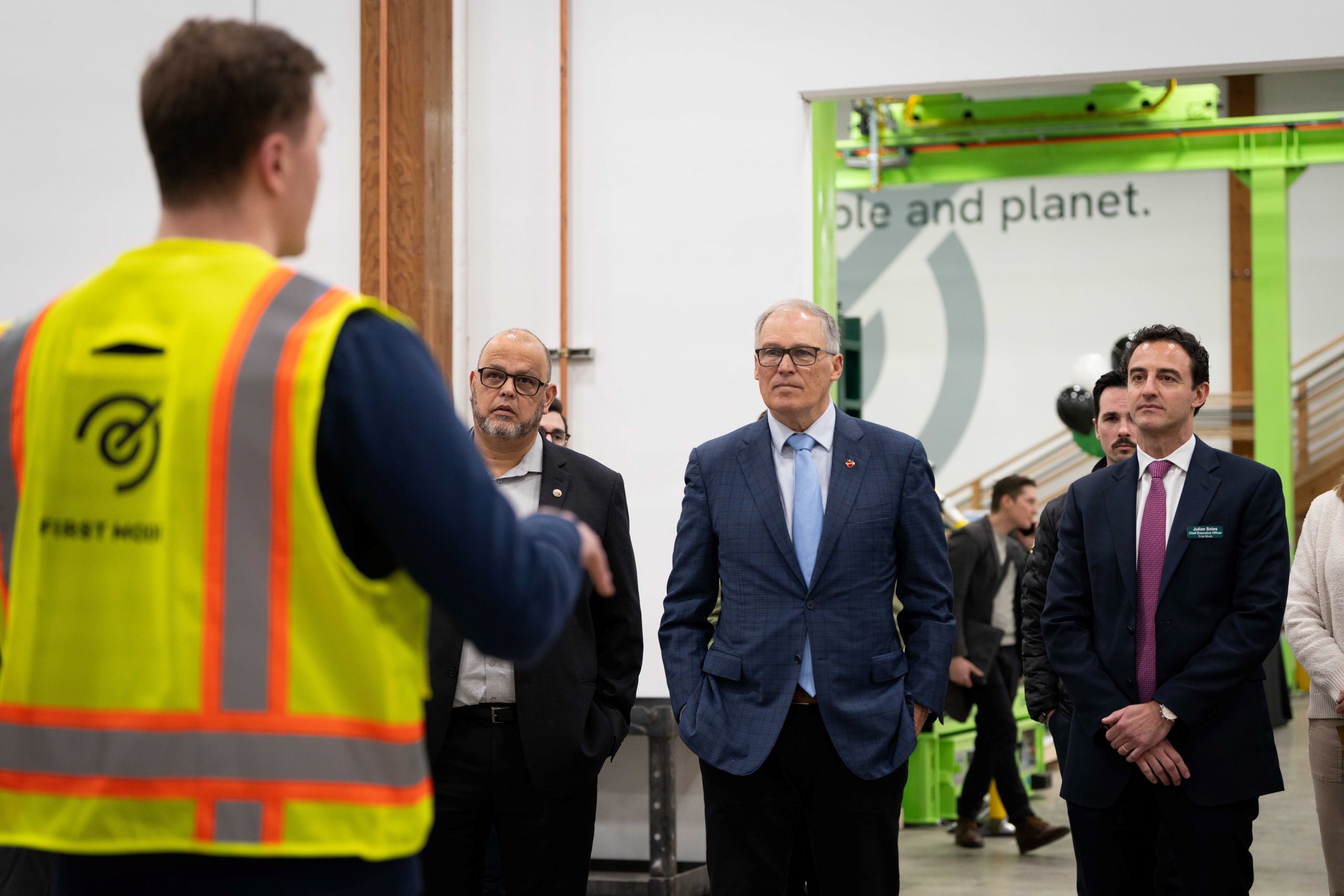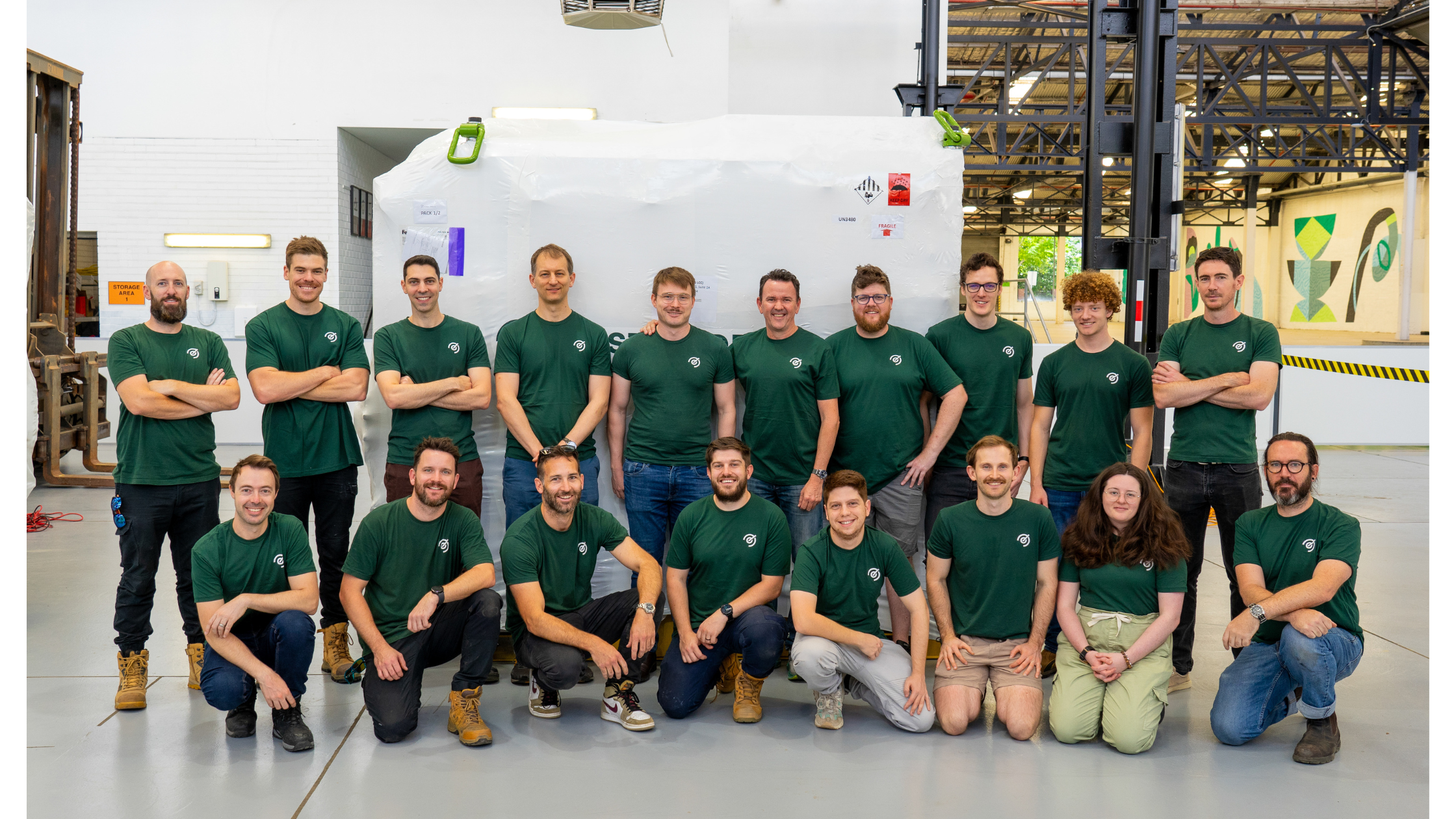Image: Photo of the 2023 proof-of-concept HEV in a controlled test area at the First Mode Proving Grounds in Centralia (USA). Do not attempt.
Clean energy’s upstream supply chain is having a moment, but not for the reasons you might think. Last month, The Economist confirmed that while mining companies have always mattered, an unprecedented 6.5 billion tons of minerals are needed to decarbonise the world by 2050. Even if mining companies immediately invest to meet this dramatic increase in demand, surpassing current capacity by digging deeper and faster than ever before, such efforts – without innovation – will come at a cost that extends well beyond mining’s fiscal bottom-line.
Many sectors including mining contribute to heavy industry’s important role in sourcing, moving, and transforming the minerals required for the world’s clean energy transition. And yet, heavy industry is not only currently responsible for a quarter of carbon emissions, but as clean energy’s mineral requirements expand, it is also projected to become the world’s largest source of planet warming pollution. This often-overlooked inconvenient truth is why clean energy will not be carbon neutral until its upstream industrial supply chain is also decarbonised.




